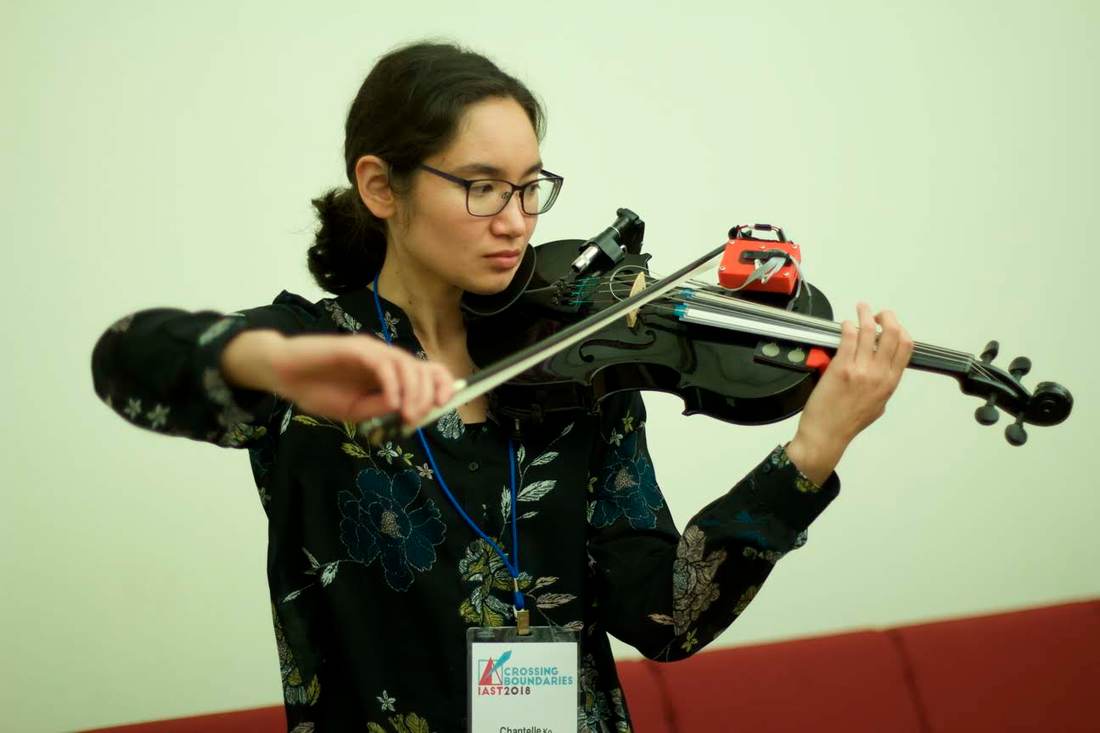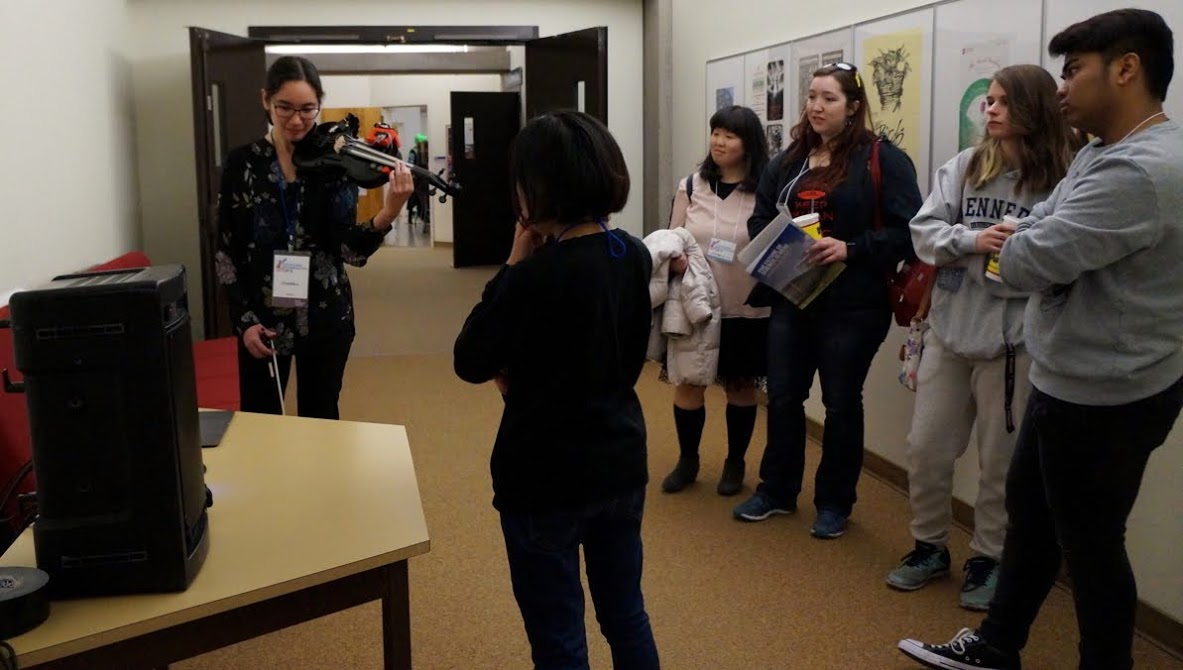|
Files printed: NewStrip_L268_W3_H3_HeaderHole5.stl, NewStrip_L268_W3_H3_HeaderHole6.stl, NewStrip_L268_W3_H3_HeaderHole7.stl, and HeaderHole8.stl.
I discovered a few things about printing these very long, thin strips. When I modeled “…5” I added two holes on either side so the strip can slide into the fingerboard and be held there. “rails” I call them. I turned this print on its side so that it was laying on one of its rail sides. I also included half of a header hole for the next testing of that. I wanted to use dual extrusion with the second extruder printing the raft in PVA. However, when I selected raft instead of brim, the parameters of the build plate became smaller and way too small for the model. So I’m just going to stick with brim with support for now; all using single extrusion. When I pulled the print off, it curled way more than the last print. The rails also got stuck to the brim and I ripped some of them right off. It is damaged beyond usability, so I’m not going to test this one with the Arduino. When I tested it with the header, I did it in two extrusions. The first hole was a bit too small in diameter, and a bit too long in length. The second hole was a bit too big in diameter, and a bit too long too. When I modeled “…6”, the strip stayed the same, but the header hole changed a bit. I tried printing it flat (not on top of the rails), without a brim, and no supports. This time it stayed much firmer and didn’t bend so much. This time it stayed much firmer and didn’t bend so much. However, I accidentally snapped it at the end when I tried to take it off the plate. Going to see if I can print it on it’s side again because printing it flat this way will cause a problem later on. I’m not going to test this with the Arduino because it’s broken. For the hole, the first hole needs to be a bit bigger in diameter, and it’s just right in length. The second hole looks like the right diameter, but needs to be slightly shorter. When I modeled “…7” I printed it on it’s side again (rail side). I think I developed a technique to scrape it off the build plate with minimal damage to the print: by starting in the middle and scraping along the edges. By having the side that is exposed to the fingers, on the side instead of up, it caused periodic bumps along the surface. This is problematic. I will have to see if I can sand it down, or for the next print, print it on it’s other end, with supports. The only other way I can think of is make the bit around the header wider, don’t make it reach all the way down, and have a wider set of rails on the header piece. That way the whole thing is flat… maybe that is a better solution actually. I’ll test it with the Arduino another day because it’s getting late right now. For the hole, I didn’t account for the outer rim of the header being wider. That’s why it’s not fitting quite right. Otherwise it’s perfect and snug. Next time I print a hole, I’ll made it three extrusions again, 1 for the rim, the other for the body, the last for the pin. HeaderHole8: I left a little bit of the strip to see how it would look. I did the solution above, with making it a bit wider around the header hole than the rest of the strips, and add rails to it. The hole is a snug fit!!!!!! Now for testing the new strip with a “mock-up” fingerboard to test if the rails fit...
0 Comments
Leave a Reply. |
Welcome to the TRAVIS blog!If you would like to see a summary of my work, please click here. Archives
May 2022
Categories |
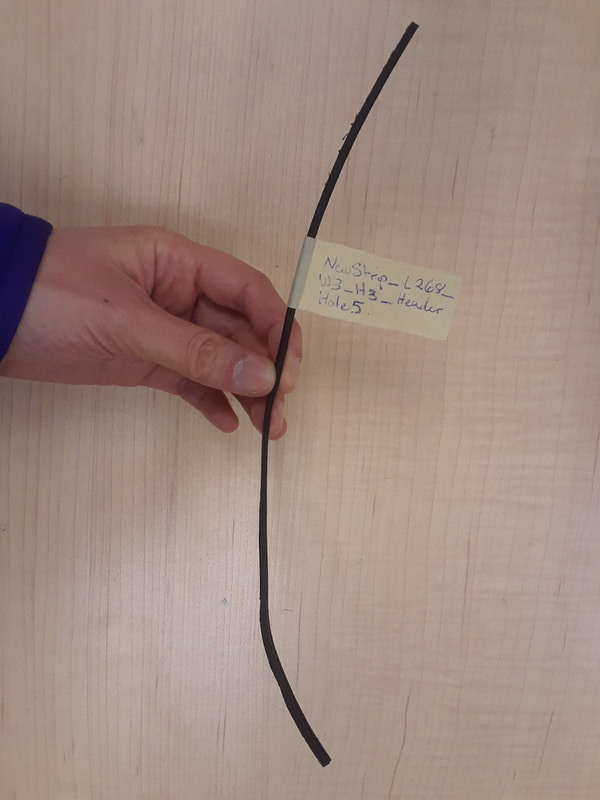
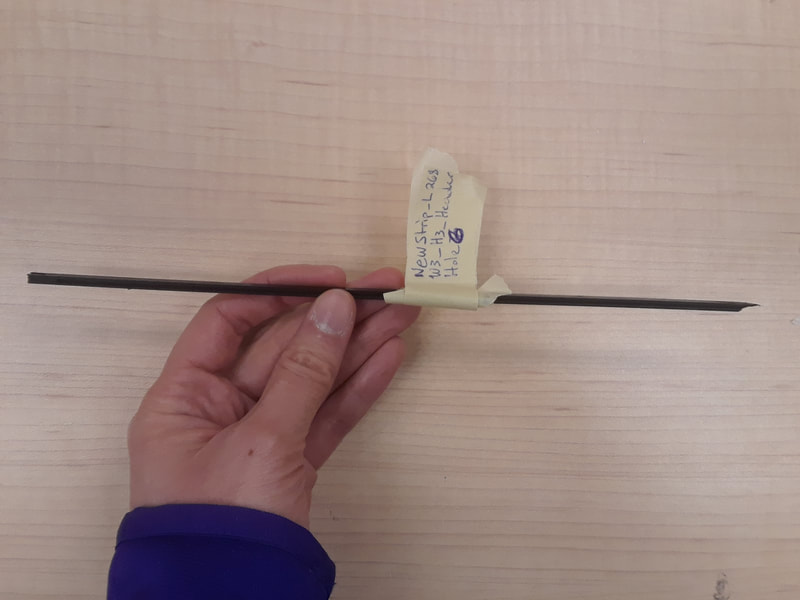
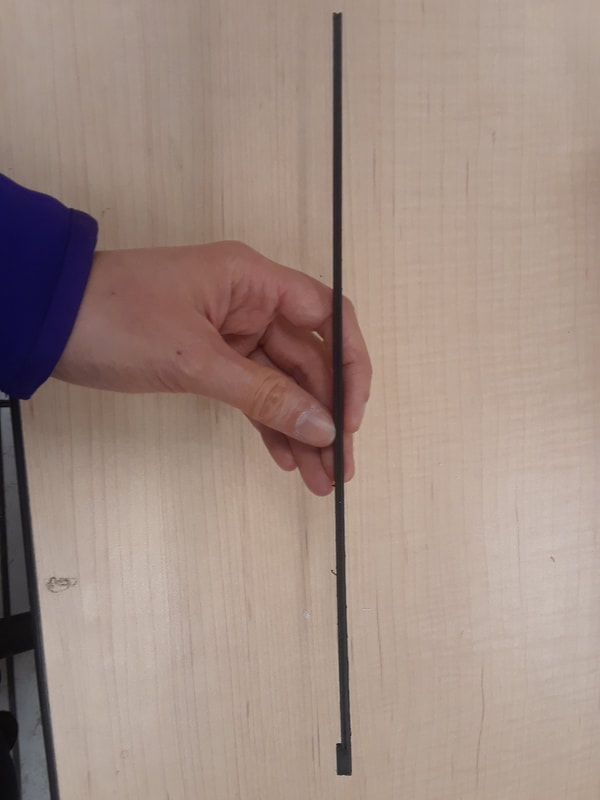
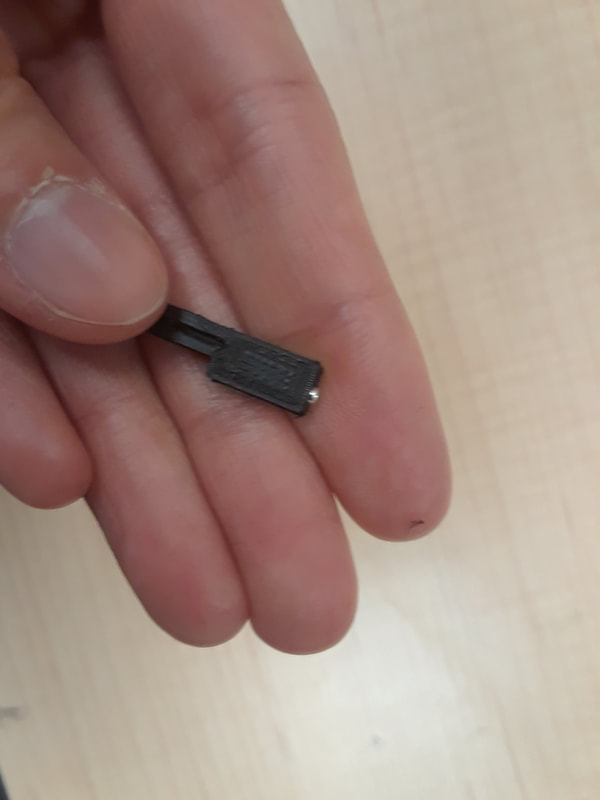
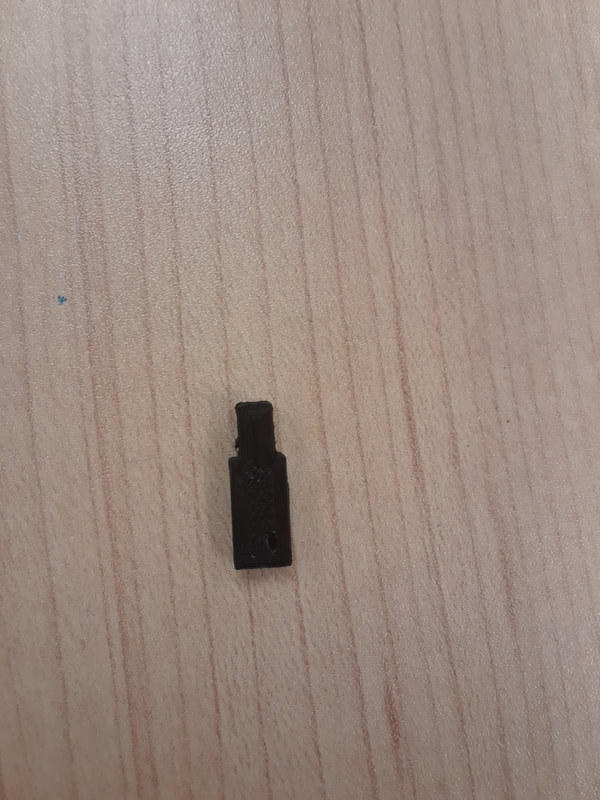
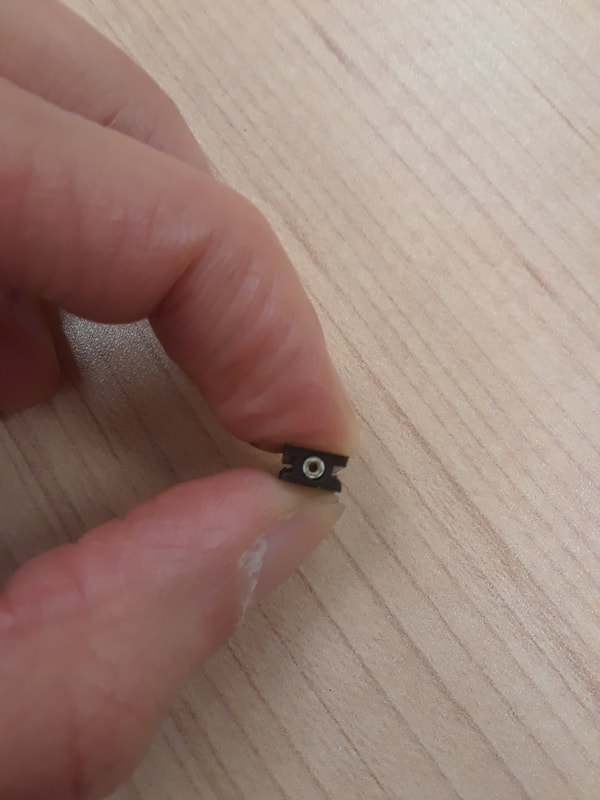
 RSS Feed
RSS Feed

